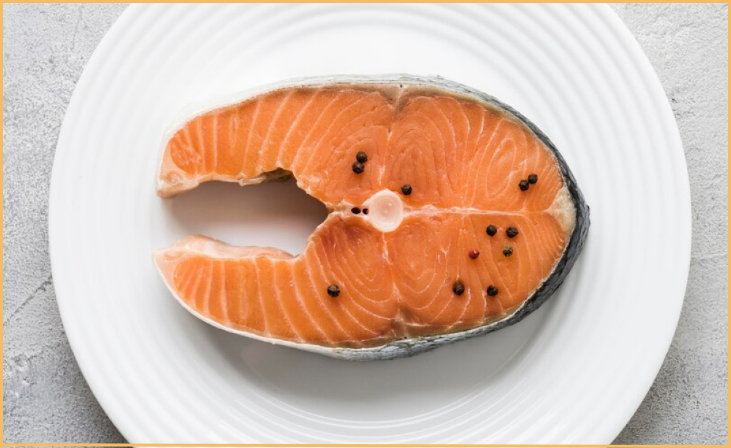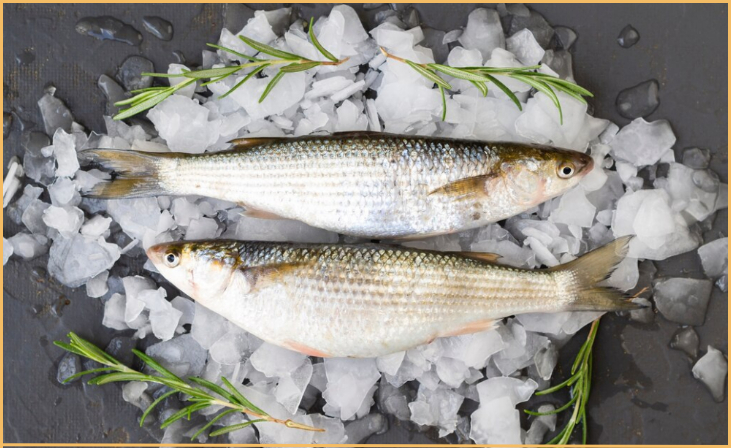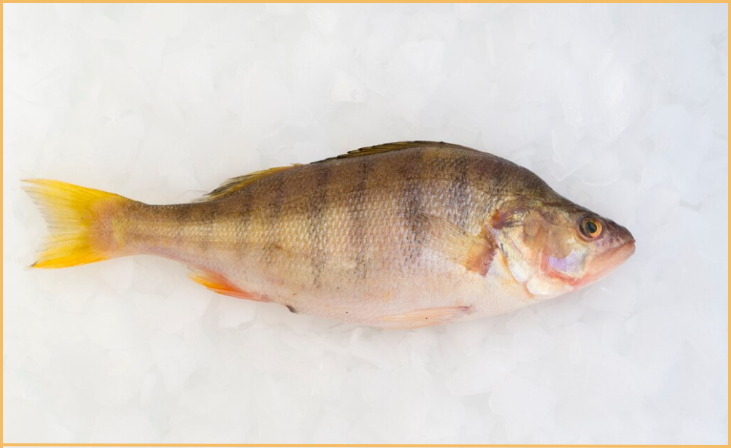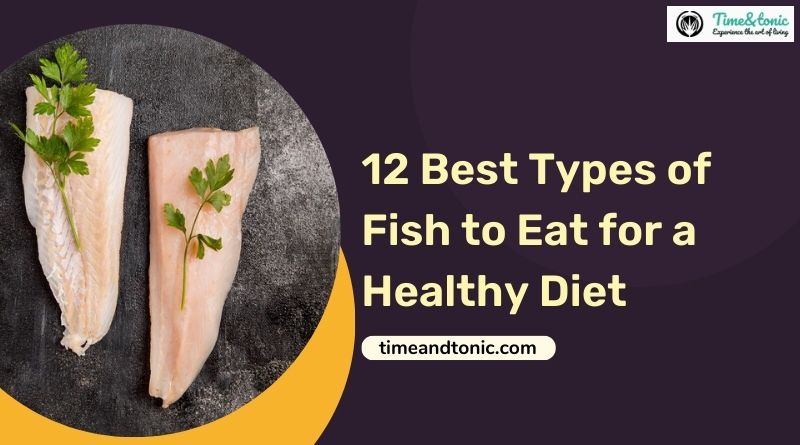12 Best Types of Fish to Eat for a Healthy Diet
Fish to Eat for a Healthy Diet – Fish has long been cherished for its delicious taste, but it’s time to recognize it as a nutritional powerhouse too. Loaded with essential nutrients such as omega-3 fatty acids, vitamins, and protein, fish offers a smorgasbord of health benefits. However, it’s important to remember that not all fish are created equal. In this extended article, we’ll take a deep dive into the 12 best types of fish to incorporate into your diet for a healthy lifestyle. We’ll unravel the unique qualities of each variety and explain why they should be a staple in your culinary repertoire.
Best Types of Fish to Eat for a Healthy Diet
1. Wild-Caught Salmon – A Heart-Healthy Choice

Let’s start with the superstar of seafood – wild-caught salmon. This fish is a treasure trove of omega-3 fatty acids, vitamins, and boasts lower saturated fat content compared to its farmed counterpart. These qualities make it a top-notch choice for promoting heart health and reducing the risk of cardiovascular diseases. Moreover, salmon’s pinkish hue adds a pop of color to your plate, making it a feast for both the eyes and the palate.
Also Read: 9 Staple Foods to Make Healthy Eating Easy All Week Long
2. Tuna – A Protein-Packed
Delight Tuna has earned its reputation as a protein powerhouse and a versatile culinary delight. When choosing tuna, opt for canned light tuna over canned white tuna as it contains lower mercury levels. It’s low in calories, high in vitamins, and an excellent source of protein, making it an ideal addition to a myriad of dishes. From sandwiches and salads to sushi rolls, tuna shines brightly on the menu.
3. Rainbow Trout – Safe and Healthful
If you’re concerned about the safety of farmed fish, rainbow trout is a reassuring choice. Subject to stringent regulations with limited chemical use, farmed trout offers peace of mind. With lower mercury levels and an abundance of essential nutrients, including omega-3 fatty acids, it contributes significantly to overall well-being. Its mild, delicate flavor makes it an attractive option for those looking for a less fishy taste.
4. Pacific Halibut – A Nutrient-Rich Option
Halibut, a mild-flavored white fish, is a nutrition powerhouse. It’s packed with protein, potassium, and vitamin D, making it an excellent choice for those aiming to infuse their diet with essential nutrients. The firm texture of halibut lends itself well to grilling, roasting, or pan-searing, allowing for versatile culinary creativity.
5. Mackerel – Flavorful and Nutrient-Packed
Mackerel isn’t just delicious; it’s a nutritional dynamo. Rich in omega-3 fatty acids and vitamin B-12, it’s a valuable addition to your diet. To minimize mercury intake, opt for smaller mackerel varieties. Whether smoked, grilled, or baked, mackerel’s rich, robust flavor shines through in every dish.
6. Cod – The Versatile White Fish

Cod, renowned for its high protein content, is a dietary multitasker. It boasts phosphorus, niacin, and vitamin B-12, all while being low in fat and calories, making it a fantastic choice for those watching their weight. Its mild taste and flaky texture make cod a canvas for various culinary creations, from fish tacos to fish and chips.
Also Read: 15 Power-Packed Healthy Snacks To Melt Belly Fat
7. Sardines – A Nutrient-Rich Oily Fish
Don’t underestimate sardines; these tiny fish are nutrient powerhouses. They’re packed with calcium, selenium, protein, vitamin B-12, and omega-3 fatty acids. You’ll typically find sardines available in canned or frozen form, making them a convenient and nutritious addition to your diet. Incorporate them into salads, pasta, or enjoy them simply on crackers for a quick snack.
8. Herring – Omega-3 Richness
Herring is another omega-3-rich fish that’s brimming with protein and vitamin B-12. However, be cautious when choosing pickled or smoked herring, as they may have a higher sodium content. Grilled or baked herring can provide all the benefits without the added salt.
9. Mahi-Mahi – Lean and Delicious
Mahi-mahi, a lean and protein-rich fish, offers essential vitamins and minerals for a balanced diet. To make an environmentally conscious choice, ensure it’s sustainably sourced, helping support fish populations and minimize environmental impact. Its firm texture and mild flavor make it a versatile addition to your seafood repertoire.
10. Arctic Char – Salmon’s Cousin
Arctic char is often likened to salmon in terms of appearance and flavor. It features firm, high-fat flesh that ranges from dark red to pale pink. This fish is a delightful alternative to traditional salmon, offering a unique taste and a nutritional profile that’s just as impressive.
11. Wild Alaskan Pollock – Light and Flavorful
Wild Alaskan pollock stands out for its mild flavor and light texture. It’s a popular choice for fish sticks and battered fish products. When shopping for wild Alaskan pollock, look for sustainably sourced options to make an environmentally conscious choice. This fish is not only delicious but also a great way to introduce seafood to picky eaters.
12. Striped Bass – Sustainable and Delicious

Whether farmed or wild-caught, striped bass is a sustainable fish with a firm, flaky texture and a delightful flavor. Its versatility shines in various preparations, from grilling and baking to pan-searing. Striped bass is a prime example of how sustainable fishing practices can contribute to both healthy ecosystems and delicious meals.
Also Read: 10 Healthiest Fast-Food Meals for Weight Loss
Here are the 12 best Fish to Eat for a Healthy Diet. Incorporating these 12 types of fish into your diet offers a diverse range of flavors and nutrients. Whether you’re looking to boost your heart health, increase your protein intake, or simply savor delicious meals, these fish options have you covered. So, dive into the world of seafood and elevate your culinary experience while nourishing your body.
FAQs
Wild-caught salmon is preferred because it typically has lower saturated fat, higher omega-3 fatty acids, and fewer environmental concerns compared to farmed salmon. It’s a heart-healthy choice with a more natural diet.
Look for certifications like MSC (Marine Stewardship Council) or ASC (Aquaculture Stewardship Council) when buying fish. These labels indicate responsible and sustainable fishing or farming practices, contributing to healthier oceans.




